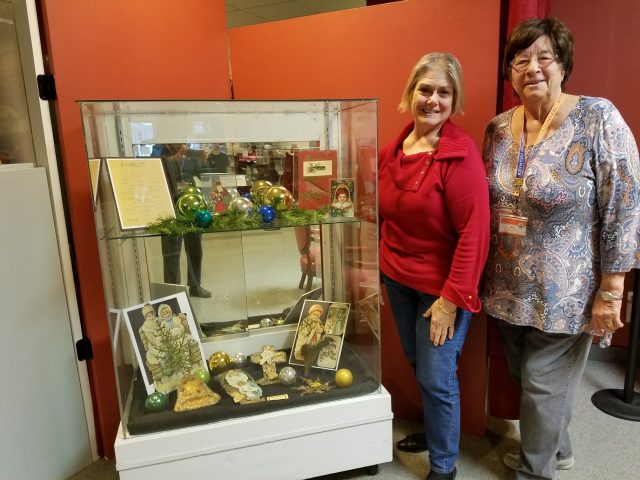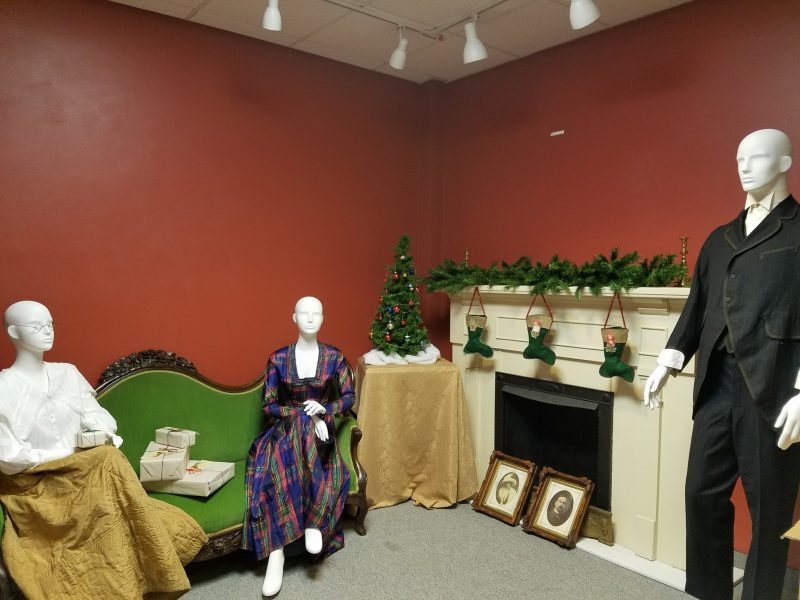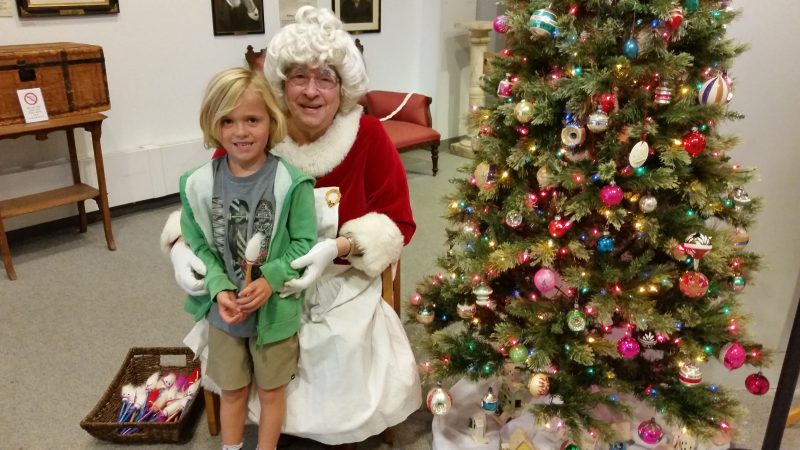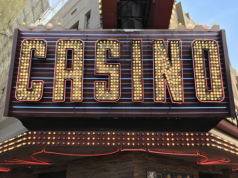
By Tim Kelly
If you’ve ever gazed at a Currier and Ives Christmas print or vintage holiday card and wondered what it would be like to live during those times, the Ocean City Historical Museum just might have the next best thing planned for you.
The Museum is currently putting its annual holiday exhibit together, with this year’s theme of “A Victorian Ocean City Christmas.”
“It’s a lot of fun to be working on this, and it should help get everyone into the holiday spirit,” said Babs Stefano, a member of the Museum Board of Directors who is helping to assemble the display.
Opening on Friday, Nov. 30, the exhibit will include artifacts and historical depictions of the period from roughly the turn of the 20th Century until about 1908. It will be located at the museum, inside the Community Center building at 1735 Simpson Avenue.
Admission is free, but the museum encourages donations by visitors to help offset costs. The exhibit will run through “First Night” on Jan. 1.
One of the interesting aspects of the display will be a collection of authentic “kugels,” or heavy hand-blown glass ornaments made in Germany beginning around 1840 until the early 1900s, according to Carol Dotts, another board member busy working on the exhibit.
“Many of the items we will be showing reflect traditions that have been handed down through the generations and are still being observed today,” Dotts said.
The word “kugel” is German for sphere or ball, she said, although the kugel evolved to include figural varieties depicting, acorns, fruit or other objects. Dotts said the exhibit will include a variety of Christmas kugels representative of the art form. The Christmas kugel is the forerunner to today’s holiday ornaments, she said.

Undoubtedly, the highlight of the exhibit will be a recreation of a Victorian-era “parlor,” vernacular of the day for a living room or a sitting room.
The parlor will include vintage furniture, mannequins in period dress, and a fireplace and mantle displaying Christmas stockings representative of the era, crafted by another Board member, Betsy King.
King, an art major during her days at Virginia Commonwealth University, is an expert on jewelry, fine arts, ceramics and textiles.
“She did a fantastic job of researching and re-creating what Christmas stockings were like in the Victorian age,” Dotts remarked.
In addition to the kugels and Christmas stockings, there will also be a display of vintage paper ornaments, popular crafts of the Victorian age, Dotts said.
Exhibits and displays are just part of the fun.
Stefano said there will also be events, such as visits by her dressed as “Mrs. Santa Claus.” Visitors can have their photos taken with the most famous spouse of the holiday season.
“I tell the kids I had to be here because my husband is busy preparing for the big day,” she said.

On Sunday, Dec. 2, there will be a “Crafts for Kids” event in which young visitors will learn how to make their own holiday decorations. The projects are geared toward children from 8 to 10, Stefano said, but they are open for participation to “anyone who believes in Santa Claus.”
Visitors will also get the chance to see “feather trees,” on display, which are quite possibly the first artificial forms of a Christmas tree.
Again, with roots traced to Germany, the feather tree normally utilized goose down feathers. A stick served as the tree trunk, and metal wire or sticks were attached to it and covered with goose, turkey, ostrich or swan feathers.
Dotts said these German customs were imported to England during the reign of Queen Victoria as a result of her marriage to Prince Albert of Saxe-Coburg and Gotha, who was born in Germany.





